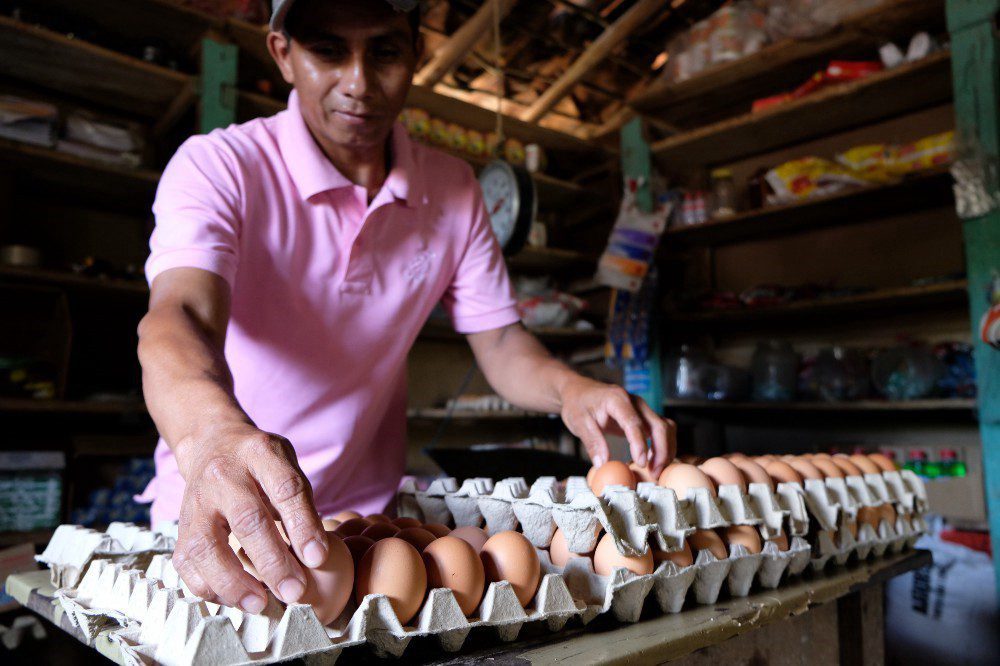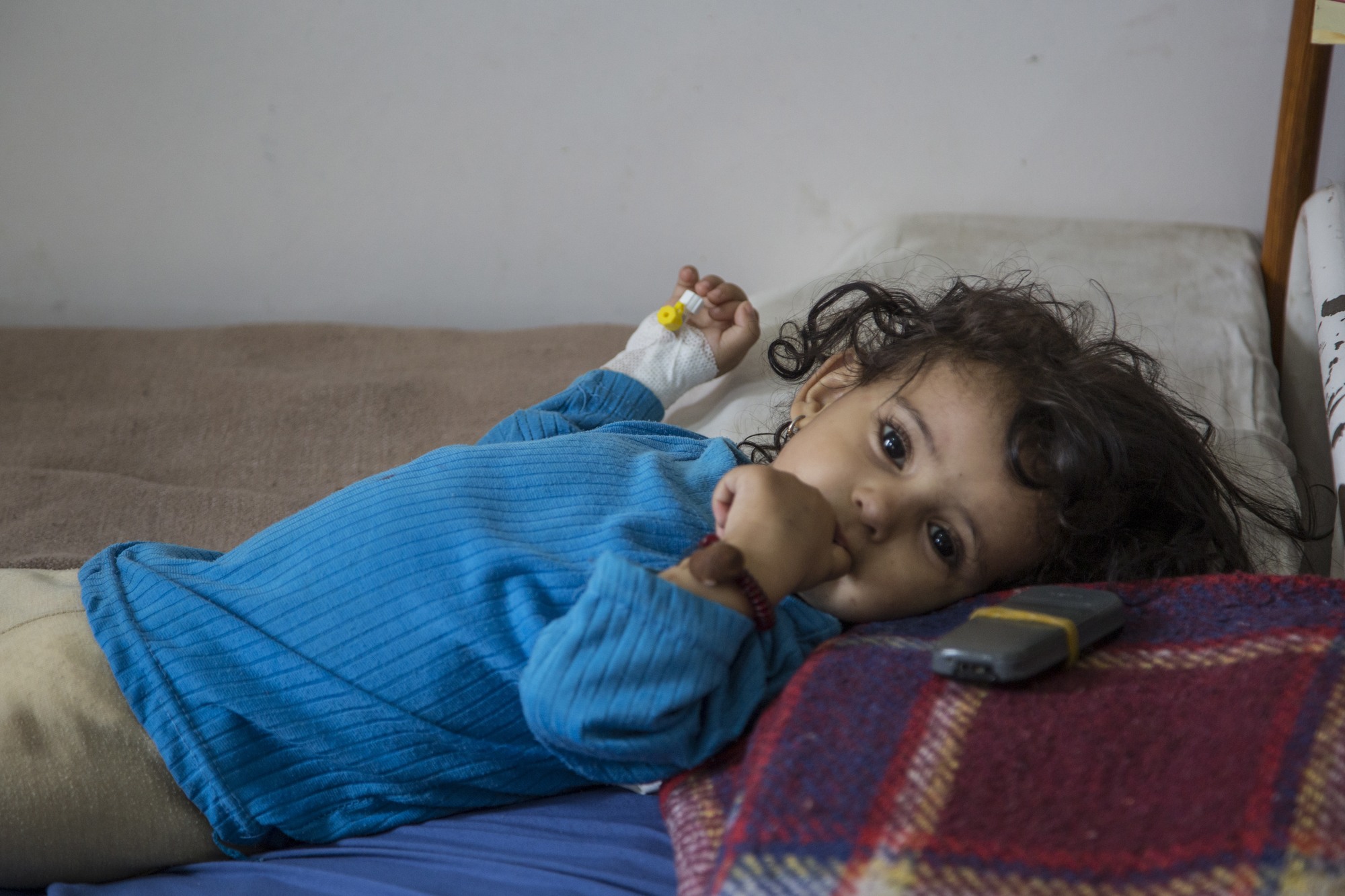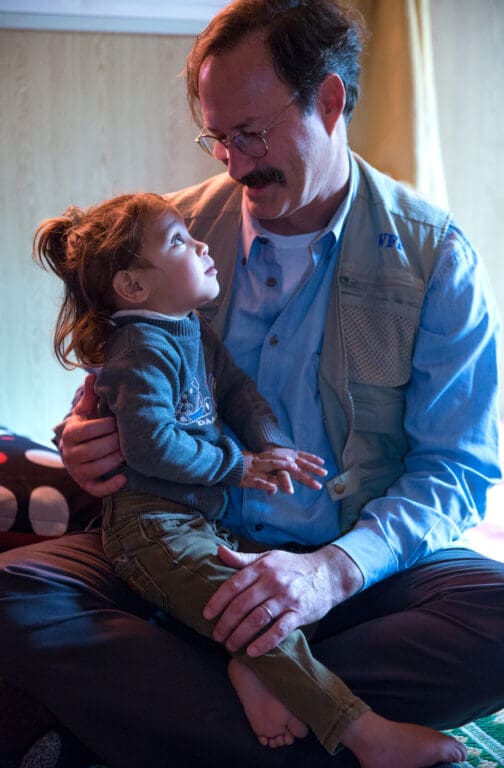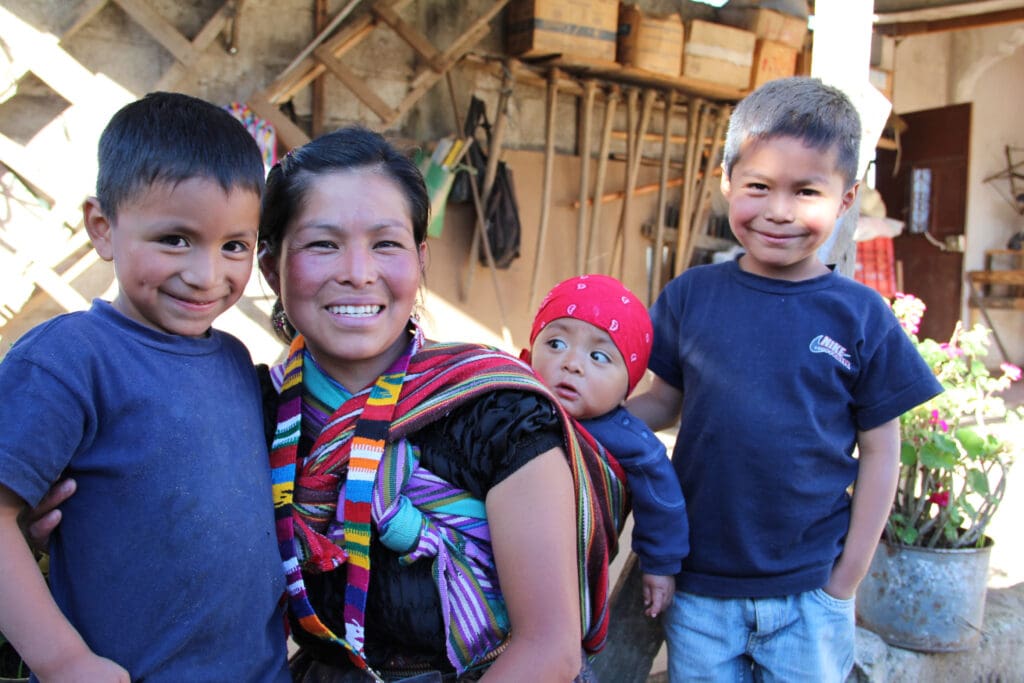To Achieve Zero Hunger, Food Is Not Enough

One of the most devastating experiences I’ve had was eight years ago during the famine in southern Somalia while visiting a refugee camp near the border. In the camp hospital, there were numerous children in various stages of malnutrition, many of them with mothers lying by their sides, refusing to leave their young ones. I saw a small boy so acutely malnourished that I felt he might not survive the day. He lay unmoving on a small cot; his hair was orange, indicating severe malnutrition. His belly was bloated, and his limbs were emaciated. The boy didn’t make a sound or open his eyes. I learned that he had died before I left the camp.

Batol Yahiya is 2 years old and is being treated for moderate acute malnutrition at a hospital in Yemen.
There has been some progress in the fight against malnutrition, but it remains an enormous, global problem. One in three people suffer from some form of malnutrition and it accounts for nearly half of all deaths of children under five around the world. But food is not the only solution; it’s not just about “filling the cup,” it’s also about “what is in the cup.” The right nutrition at the right time changes lives and allows people to reach their full potential.
There are various forms of malnutrition, depending on which nutrients are missing from the diet, for how long and at what age. Malnutrition in childhood has lasting consequences, but it can be especially devastating to a child in their first years. Poor nutrition in the first 1,000 days between pregnancy and a child’s second birthday can lead to irreversible damage.
Around the world, 149 million children suffer from failure to grow, known as stunting, which causes permanent damage to a child’s body and brain.
That’s why the World Food Programme (WFP) designs programs and distributes specialized nutritious foods to treat and prevent malnutrition in mothers and young children. WFP works with local governments to build long-term solutions to this problem, which can range from increasing the availability of nutritious foods in local markets, to making sure people can afford the food, to directly providing it to vulnerable groups.

WFP USA CEO Rick Leach talks with 3-year-old Dalla at a Syrian refugee camp in Jordan. She and her family rely on WFP for their daily meals.
The solutions are working. On a visit to the Guatemala highlands, a region with high stunting rates, I met a woman with three children: ages five, three and a newborn. The 3-year-old was almost as big as her older sibling and suffered fewer health problems. Sadly, the 5-year-old had inadequate nutrition when she was born, but the younger children were receiving the right nutrients, thanks to interventions from WFP and local health groups. As a result, those younger siblings were thriving.

Catalina Sapón participated in WFP’s program in Guatemala to reduce chronic malnutrition in children under three. Now she’s a peer counselor to other mothers in her community.
It was my privilege to meet this young mother and see the tangible difference that WFP was making in her family’s life. She cares deeply about providing the best life possible for her children – just like all mothers do, no matter their circumstance, across the globe.
This Mother’s Day, I want to recognize mothers everywhere for your dedication to your children and families. Thank you for feeding dreams and changing lives every day. Your love and care of your children are making the world a better place not only for your family, but for us all.




